Serbia
Welcome to Serbia
Nestled at the crossroads of Central and Southeast Europe, Serbia is a vibrant blend of history, culture, and natural beauty. Whether you’re drawn by the buzz of its cities, the tranquility of its countryside, or the warmth of its people, Serbia in 2025 offers an experience that is both authentic and unforgettable.
Serbia is a landlocked country, bordered by Hungary, Romania, Bulgaria, North Macedonia, Croatia, Bosnia and Herzegovina, and Montenegro. Its landscape ranges from the rolling plains of Vojvodina in the north to the rugged mountains and deep forests of the south and west. The mighty Danube, Europe’s second-longest river, flows through the heart of the country, shaping its history and daily life.
The capital, Belgrade, is a city of contrasts-where socialist-era architecture sits beside Ottoman relics, and where the Sava and Danube rivers meet. Novi Sad, Serbia’s second city, charms with its Habsburg heritage and lively cultural scene. Beyond the cities, you’ll find idyllic villages, centuries-old monasteries, and national parks teeming with wildlife.
Why Visit Serbia?
1.
A Cultural Mosaic: Serbia’s rich tapestry of influences-from Roman and Ottoman to Austro-Hungarian-creates a unique blend of architecture, cuisine, and tradition. Whether you’re exploring the fortresses of Belgrade, the Art Nouveau gems of Subotica, or the Orthodox monasteries tucked in the countryside, you’ll discover a country proud of its past yet firmly looking to the future.
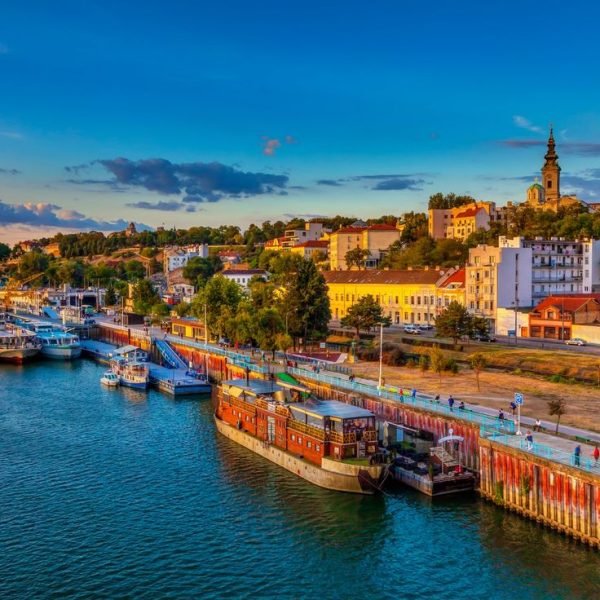
2.
Nature and Adventure: Serbia is a paradise for outdoor enthusiasts. Hike through the pristine Tara National Park, kayak on the Drina River, or cycle along the Danube. The country’s national parks, such as Đerdap and Tara, offer dramatic landscapes, from deep gorges to dense forests, and opportunities for wildlife spotting, including rare brown bears.
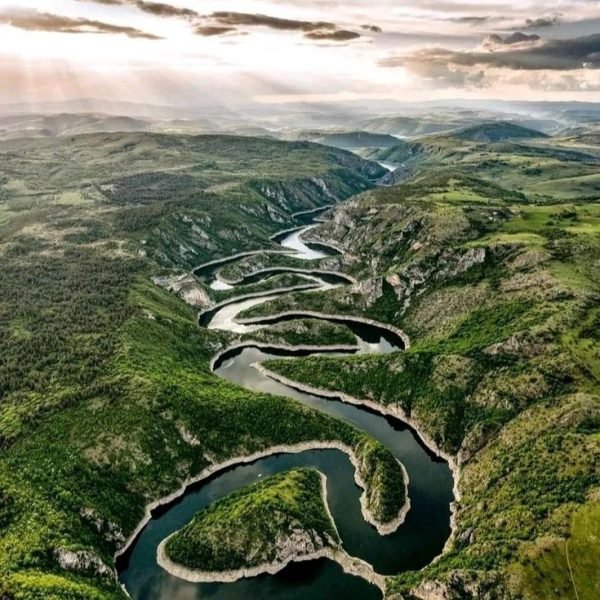
Planning Your Trip
Visa Information
For most European and Western travelers-including citizens of the EU, UK, USA, Canada, and Australia-Serbia remains visa-free for short stays of up to 90 days. A valid passport is required, and it’s wise to check the latest entry requirements, especially if you’re traveling with pets or special equipment. Some nationalities from Asia, Africa, and the Middle East may need to apply for a visa in advance.
Best Time to Visit
Serbia has a continental climate, with hot summers and cold winters. The best time to visit depends on your interests:
- Spring (April–June): Mild weather, blooming landscapes, and fewer tourists make this an excellent time for sightseeing and outdoor activities.
- Summer (July–August): Festival season! Enjoy the world-famous Exit Festival in Novi Sad or the trumpet-fueled Guca Festival. Expect warm temperatures, especially in July and August.
- Autumn (September–October): Harvest time brings wine festivals and vibrant colors to the countryside. The weather is still pleasant, ideal for hiking and exploring.
- Winter (November–March): Serbia’s mountains become a haven for skiers and snow lovers, while the cities offer cozy cafes and festive markets.
Getting To and Around
Getting to Serbia
- By Air: Belgrade Nikola Tesla Airport is the main international gateway, with direct flights from major European cities. Niš and Kraljevo also have smaller airports with regional connections.
- By Train: Serbia is well-connected by rail to neighboring countries, and the new high-speed Belgrade-Novi Sad railway now makes travel between these cities a breeze-less than an hour!
- By Bus: International and domestic bus routes are extensive, linking Serbia to Hungary, Romania, Croatia, Bosnia and Herzegovina, and beyond.
Getting Around Serbia
- Trains: The rail network is comfortable and scenic, especially the Belgrade-Novi Sad route. Trains are a good option for major cities and some tourist destinations.
- Buses: Intercity buses are reliable, frequent, and cover more destinations than trains, including rural areas and national parks.
- Car Rental: For exploring remote regions, national parks, or embarking on a flexible road trip, renting a car is the best option. Roads are generally good, and signage is improving.
- Taxis and Rideshares: Widely available in cities. Always use registered taxis or reputable rideshare apps.
- Public Transport: Cities like Belgrade and Novi Sad have efficient public transit systems (buses, trams, and trolleybuses)

Accommodation
Serbia offers a wide range of accommodation options to suit every traveler’s taste and budget, from luxury five-star hotels in Belgrade and Novi Sad to charming boutique guesthouses and affordable hostels in smaller towns and rural areas.
Luxury and Upscale Hotels
In Belgrade, you’ll find internationally renowned hotels such as the Hilton Belgrade, known for its spacious, comfortable rooms, excellent service, and rooftop dining with panoramic city views. The Hyatt Regency Belgrade offers a luxurious spa, gym, and heated indoor pool, perfect for relaxation after a day of sightseeing. Hotel Moskva, an iconic landmark, combines historical charm with modern comfort and features a popular café with live piano music. For a trendy vibe, Mama Shelter Belgrade boasts a rooftop bar, spacious rooms, and a lively atmosphere in the heart of the city.
Mid-Range and Boutique Hotels
Mid-range travelers can enjoy excellent stays at places like Hotel Mint, praised for its modern, spacious rooms and tasty breakfast, or Hotel Skadarlija NB, located near Republic Square with friendly staff and clean, comfortable accommodations. Level Luxury Suites offer unique features such as private jacuzzis and onsite parking, blending convenience with a touch of indulgence. Many of these hotels provide easy access to major attractions, shopping, and dining areas.
Budget-Friendly Options
For budget travelers, Serbia has a wealth of affordable hostels, guesthouses, and smaller hotels. Prices can be very reasonable, with some hostels offering beds for as low as a few dollars per night. Cities like Belgrade and Novi Sad have vibrant hostel scenes, often with communal spaces, organized tours, and social events that make meeting other travelers easy.
Rural and Nature Stays
Outside the cities, consider staying in guesthouses or eco-lodges near national parks like Tara or Đerdap. These accommodations often provide a more authentic experience with home-cooked meals and opportunities to explore nature right at your doorstep.
Booking Tips
It’s advisable to book accommodations in advance during peak tourist seasons (summer and festival times) to secure the best rates and availability. Many hotels and guesthouses offer free WiFi, airport transfers, and breakfast included, enhancing convenience for visitors.
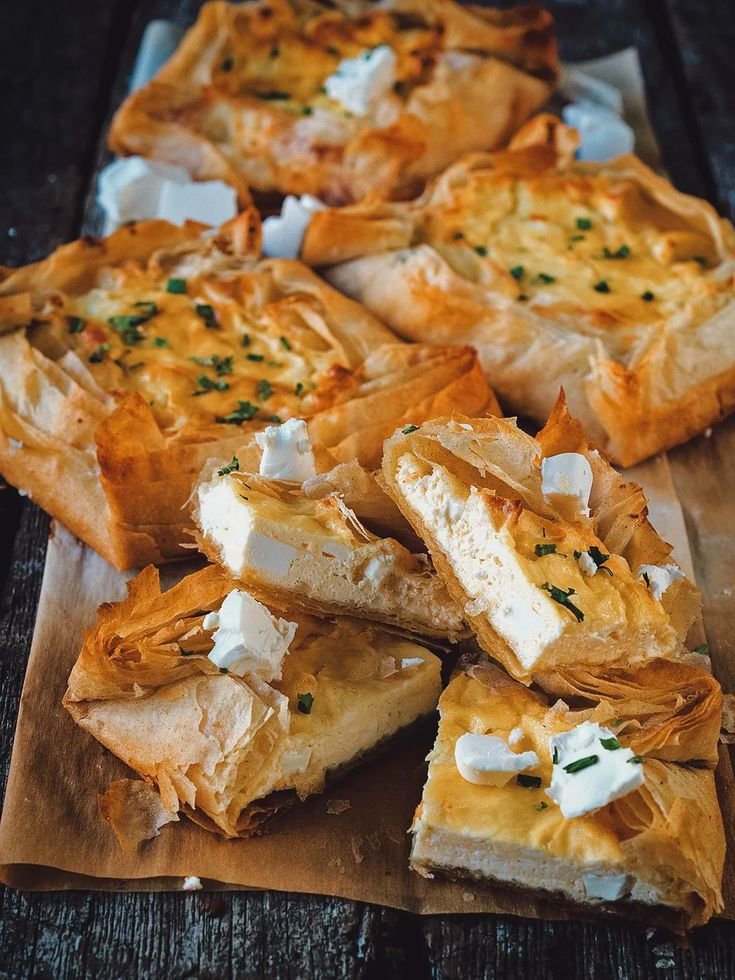
Food and Drink
Serbian cuisine is a delicious reflection of its diverse cultural influences, combining Balkan, Mediterranean, and Central European flavors. Food lovers will find a rich variety of dishes, from hearty meat specialties to fresh vegetable salads and delectable pastries.
Traditional Serbian Dishes
- Ćevapi: Small, grilled minced meat sausages served with flatbread (lepinja), chopped onions, and a red pepper-based condiment called ajvar. It’s a must-try street food favorite across Serbia.
- Sarma: Cabbage leaves stuffed with a mix of minced meat and rice, slowly cooked in a tangy tomato sauce. A comforting dish often enjoyed during colder months.
- Pljeskavica: A large, spiced meat patty, similar to a burger, served with various toppings like kajmak (a creamy dairy spread), onions, and ajvar.
- Prebranac: A baked bean dish flavored with paprika and onions, perfect as a side or vegetarian option.
- Pasulj: Traditional bean soup, often enriched with smoked meats, ideal for warming up on chilly days.
Breads and Pastries
Serbia is known for its fresh bread and pastries. Try burek, a flaky pastry filled with cheese, meat, or spinach, commonly eaten for breakfast or as a snack. Pogača (flatbread) and proja (cornbread) are also popular.
Dairy and Cheese
Serbian cuisine features various cheeses, including kajmak, a creamy spread often served with grilled meats, and sir, a type of white brined cheese similar to feta.
Drinks
- Rakija: The national fruit brandy, often homemade, comes in many varieties (plum, apricot, quince). It’s customary to toast with rakija when meeting friends or celebrating.
- Wine: Serbia produces quality wines, especially reds like Prokupac and Vranac. Wine regions such as Fruška Gora offer tastings and vineyard tours.
- Beer: Local beers like Jelen and Lav are widely available and popular. Craft beer is also gaining ground in urban centers.
- Coffee: Serbian coffee culture is strong, with Turkish-style coffee served in small cups, often enjoyed slowly in cafés.
Dining Experience
Restaurants range from traditional kafanas (rustic taverns) serving hearty Serbian fare and live folk music, to modern bistros and international cuisine spots. Street food stalls and markets provide quick, tasty options, while fine dining establishments showcase contemporary twists on local ingredients.
Food Festivals
Visiting during food festivals, such as the Belgrade Food Festival or the Guca Trumpet Festival, offers a chance to indulge in regional specialties and enjoy lively cultural events.
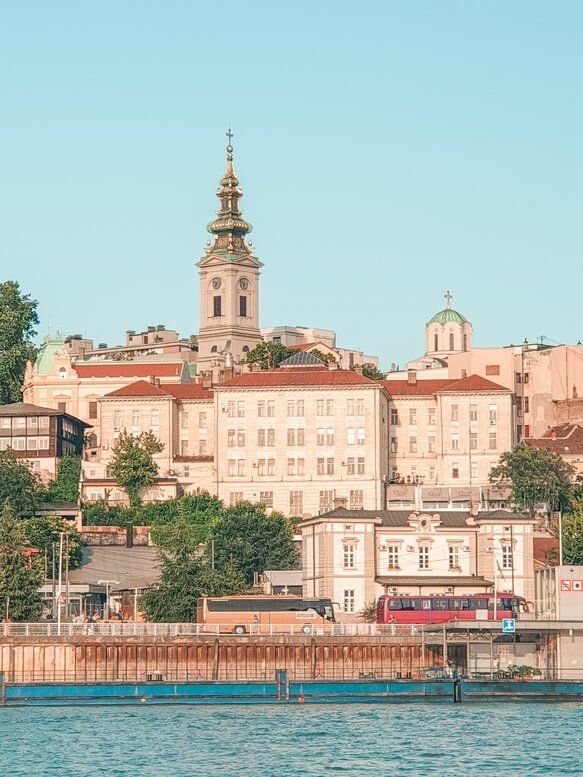
Must-See Attractions
Belgrade Fortress (Kalemegdan)
Located at the confluence of the Sava and Danube rivers, Belgrade Fortress is Serbia’s most iconic historical site. This ancient stronghold, standing for over a millennium, offers panoramic views of the city and rivers, extensive walking paths, and a blend of Roman, Byzantine, and Ottoman architectural remnants. Visitors can explore old churches, military museums, and peaceful parks, making it a perfect spot for history buffs and casual visitors alike. The fortress also hosts cultural events and is surrounded by lively cafés and green spaces.
Temple of Saint Sava
One of the largest Orthodox churches in the world, the Temple of Saint Sava dominates Belgrade’s skyline with its impressive white marble and granite façade. Built on the site where the relics of Saint Sava-the founder of the Serbian Orthodox Church-were burned centuries ago, the church is a symbol of Serbian spirituality and resilience. Inside, visitors can admire stunning mosaics and a serene atmosphere that invites reflection
Studenica Monastery
A UNESCO World Heritage site, Studenica Monastery is a masterpiece of medieval Serbian architecture and art. Founded in the 12th century, it is renowned for its exquisite frescoes depicting biblical scenes with remarkable detail and vibrant colors. Nestled in a tranquil valley surrounded by lush nature, this monastery offers a spiritual retreat and a deep connection to Serbia’s religious heritage.
Skadarlija
Belgrade’s bohemian quarter, Skadarlija, is a charming cobblestone street lined with traditional kafanas (taverns), art galleries, antique shops, and lively restaurants. This historic district has been the gathering place of artists, writers, and musicians since the early 20th century. Visitors can enjoy authentic Serbian cuisine, live folk music, and a vibrant atmosphere that captures the soul of the city.
Petrovaradin Fortress
Overlooking the Danube in Novi Sad, Petrovaradin Fortress is a well-preserved fortress known as the “Gibraltar on the Danube.” Built in the late 17th century to defend against Ottoman invasions, it features extensive underground tunnels, museums, galleries, and cafés. Each summer, it hosts the internationally acclaimed EXIT music festival, attracting thousands of visitors from around the world.
Đerdap National Park and Iron Gates Gorge
This spectacular natural attraction along the Danube River is one of Europe’s largest and most impressive gorges. The park offers dramatic cliffs, dense forests, and archaeological sites such as the Roman fortress of Diana. It’s a paradise for nature lovers, hikers, and history enthusiasts alike.
Devil’s Town (Đavolja Varoš)
A natural wonder near the town of Kuršumlija, Devil’s Town is a unique geological formation consisting of over 200 towering stone pillars, some reaching 15 meters high. Shrouded in local legends, this eerie landscape is both mysterious and beautiful, making it a fascinating destination for explorers and photographers.
Avala Mountain and Avala Tower
Just a short trip from Belgrade, Avala Mountain offers peaceful nature trails, historical monuments, and panoramic views from the Avala Tower, the tallest structure in Serbia. It’s an ideal escape from the city bustle and a place to enjoy fresh air and scenic vistas6.
Resava Cave
One of Serbia’s most famous caves, Resava Cave is adorned with spectacular stalactites, stalagmites, and petrified waterfalls. The cave’s tourist route is well-lit and accessible, providing a fascinating glimpse into the underground world formed over millions of years.
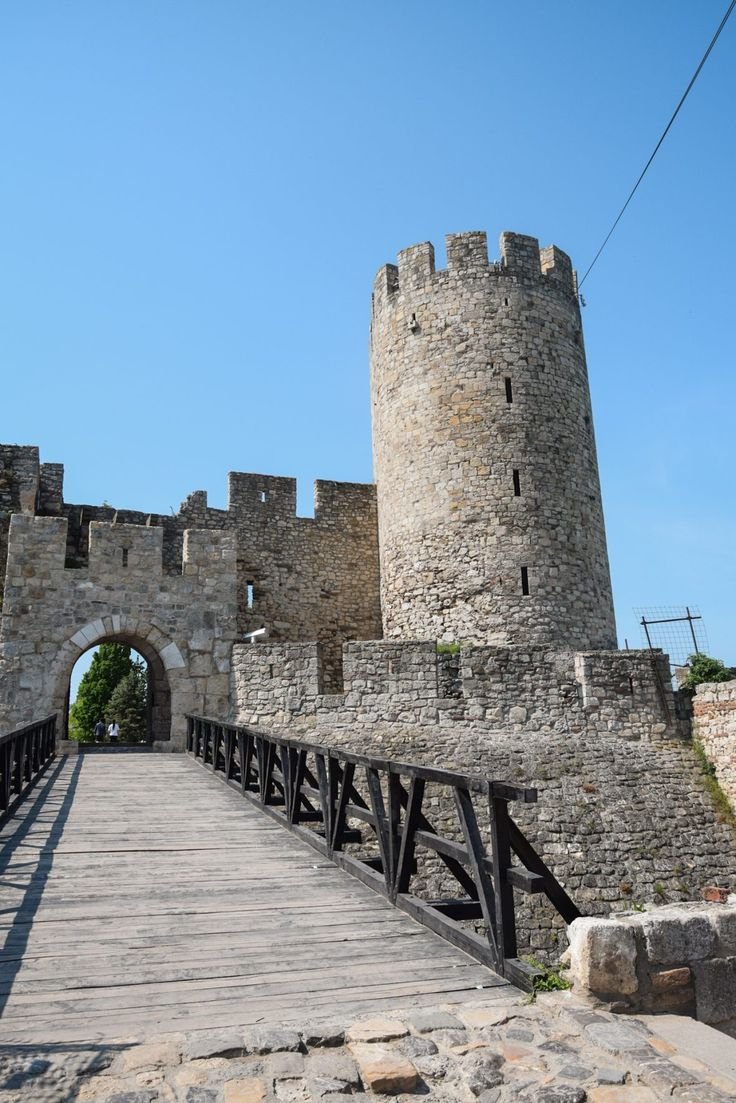
Must-Do Activities
Explore Belgrade’s Vibrant Urban Life
Start your Serbian adventure by wandering through Belgrade’s bustling streets. Stroll along Knez Mihailova, a lively pedestrian zone lined with shops, cafés, and street performers. Visit Republic Square and the National Museum, then unwind in the bohemian quarter of Skadarlija. At night, experience Belgrade’s legendary nightlife with its numerous bars, clubs, and floating river clubs called splavs.
Attend the EXIT Festival
If visiting in July, don’t miss the EXIT Festival at Petrovaradin Fortress in Novi Sad. This world-renowned music festival features international and local artists across genres, set against the dramatic backdrop of the Danube and historic fortress walls. It’s a vibrant celebration of music, culture, and youth.
Hike and Bike in National Parks
Serbia’s national parks like Tara, Đerdap, and Fruška Gora offer excellent hiking and biking trails through pristine forests, alongside rivers and lakes. Tara National Park is known for its dense woods and wildlife, including rare brown bears. Fruška Gora, often called the “jewel of Serbia,” is dotted with monasteries and vineyards, perfect for active exploration and cultural discovery.
Ride the Šargan Eight Narrow-Gauge Railway
This scenic heritage railway winds through the mountains of western Serbia, offering breathtaking views of valleys, rivers, and forests. The train’s figure-eight track is a marvel of engineering and a nostalgic journey back in time. It’s a favorite for families and history enthusiasts alike.
Visit Orthodox Monasteries
Serbia’s monasteries are treasure troves of medieval art and spirituality. Besides Studenica, explore Sopocani Monastery with its delicate frescoes, and Manasija Monastery, known for its impressive fortifications and rich history. These sites offer insight into Serbia’s religious traditions and architectural heritage.
Taste Rakija and Serbian Cuisine
Sampling rakija, the national fruit brandy, is a must. Many local distilleries offer tastings paired with traditional dishes like ćevapi, sarma, and freshly baked burek. Food markets and kafanas provide authentic culinary experiences, often accompanied by live folk music.
Relax at Ada Ciganlija
Known as “Belgrade’s Sea,” Ada Ciganlija is a river island turned recreational area with clean beaches, sports facilities, and cafés. It’s perfect for swimming, kayaking, cycling, or simply soaking up the sun in a lively, green setting just minutes from downtown Belgrade.
Explore Historical Towns and Fortresses
Beyond the capital, visit towns like Niš with its Roman ruins and fortress, or Smederevo with its massive medieval fortress on the Danube. These sites offer rich historical narratives and impressive architecture.
Discover Unique Geological Sites
Devil’s Town and Resava Cave are among Serbia’s most intriguing natural wonders. Explore these unusual landscapes with guided tours that share local folklore and geological insights.
Serbia in 2025 is a destination where history meets nature and vibrant city life blends with serene landscapes. From the ancient walls of Belgrade Fortress to the wild beauty of Đerdap Gorge, and from lively festivals to quiet monastery visits, the country invites you to explore its many facets and create lasting memories. Whether you seek cultural immersion, outdoor adventure, or simply a warm welcome, Serbia delivers an enriching travel experience.
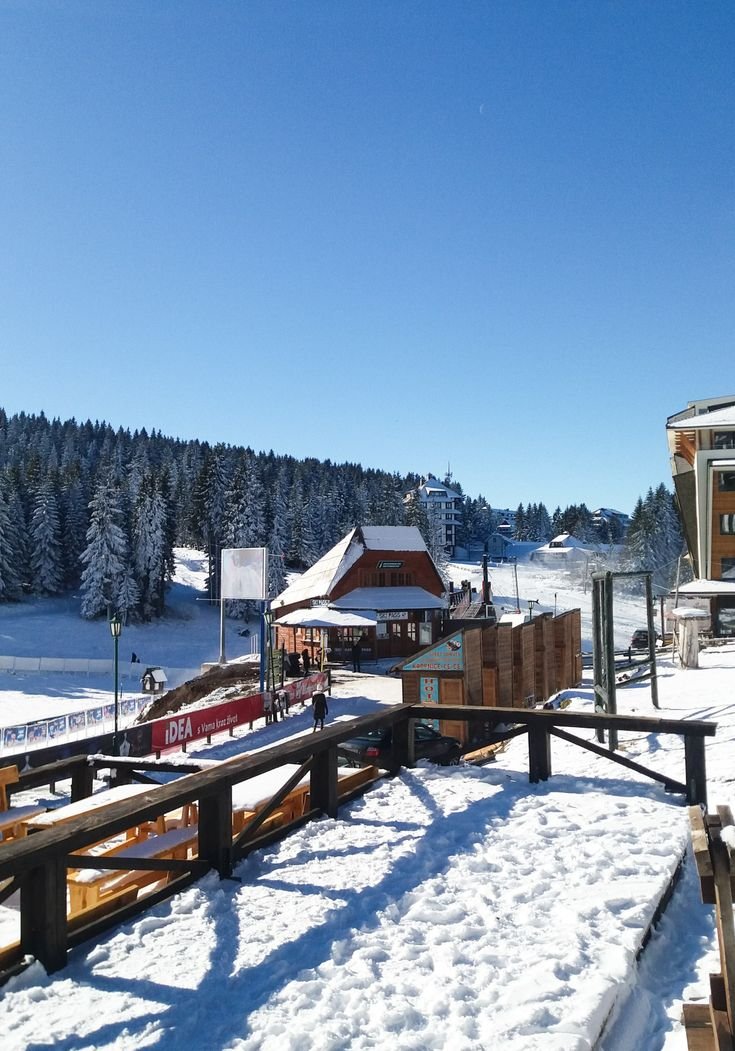
Travel Tips
Serbia is a welcoming and vibrant destination, but like any country, it’s important to travel informed and prepared. Here’s what you need to know to make your 2025 trip safe, respectful, and enjoyable.
Safety Advice
General Safety
Serbia is generally considered safe for travelers. Violent crime is rare, and locals are known for their hospitality. However, petty crime such as pickpocketing and bag snatching can occur, especially in crowded places, public transport, and busy areas like Knez Mihailova in Belgrade. Always keep an eye on your belongings, avoid displaying valuables, and use secure bags.
Transport and Taxis
Public transport is reliable, but be alert for pickpockets on buses and trains. Only use registered taxis, which display a municipal registration number. It’s safer to call a taxi than hail one on the street, and ensure the meter is running. If you rent a car, drive cautiously-road conditions can vary, especially in rural areas, and some roads may be poorly lit at night. Always carry your driver’s license, International Driving Permit, and insurance documents.
Border and Regional Risks
Exercise caution near the borders with Kosovo and North Macedonia. Some areas near Kosovo may still have unexploded landmines-stick to marked roads and avoid venturing into remote, unmarked areas. Political tensions can flare up, so follow local news and authorities’ advice if traveling near these regions.
Nightlife and Scams
Belgrade’s nightlife is famous, but some river clubs (splavovi) are linked to organized crime and can be risky, especially late at night. Drink spiking and overcharging can happen in certain clubs. Stick to reputable venues, keep an eye on your drink, and avoid confrontations. Scams targeting newcomers can occur, so be cautious with street vendors and unsolicited offers.
Sporting Events
Football matches, especially between rival teams like Red Star and Partizan, can be intense and sometimes violent. Avoid large crowds of fans, especially if you’re not familiar with local team rivalries, and steer clear of confrontations.
Health and Medical
No special vaccinations are required, but it’s wise to be up to date on routine immunizations. Tap water is generally safe in cities, but bottled water is recommended in rural areas. Pharmacies are widely available, and medical care in cities is good, but rural facilities may be basic.
Local Customs
Personal Identification
You must carry your passport or ID at all times. Police may request identification, especially on trains or at borders. Keep a photocopy of your passport in a separate place in case of loss.
Laws and Behavior
Serbia has strict laws against drug possession and trafficking, with severe penalties. Do not take photos of military or police installations. Public drunkenness is frowned upon, and disorderly behavior can attract police attention.
Social Etiquette
Serbians are warm, direct, and value hospitality. Shaking hands is the common greeting, and it’s polite to address people by their title and surname until invited to use first names. When visiting someone’s home, it’s customary to bring a small gift, such as flowers or chocolates.
Religion and Dress
Serbia is predominantly Orthodox Christian, and religious sites are treated with respect. When visiting churches or monasteries, dress modestly-cover shoulders and knees, and women may be asked to cover their heads. Silence and respectful behavior are expected inside religious buildings.
LGBTQ+ Travelers
Same-sex activity is legal, and Belgrade has a growing LGBTQ+ scene with friendly venues and annual pride events. However, public displays of affection may attract unwanted attention outside major cities, as social attitudes can be conservative in rural areas.
Tipping
Tipping is customary but not obligatory. In restaurants, rounding up the bill or leaving 10% is appreciated. Taxi drivers and hotel staff also welcome small tips for good service.
Language Basics
Serbian is the official language, written in both Cyrillic and Latin scripts. English is widely spoken in cities, especially among younger people and in the tourism industry, but less so in rural areas. Learning a few basic Serbian phrases will be appreciated and can enhance your experience.
Common Serbian Phrases:
English | Serbian (Latin) | Pronunciation |
Hello | Zdravo | ZDRAH-vo |
Good morning | Dobro jutro | DOH-broh YOO-troh |
Please | Molim | MOH-leem |
Thank you | Hvala | HVAH-lah |
Yes | Da | Dah |
No | Ne | Neh |
Excuse me | Izvinite | Eez-vee-NEE-teh |
Do you speak English? | Govorite li engleski? | goh-VOH-ree-teh lee EN-gleh-skee? |
How much? | Koliko? | KOH-lee-koh |
Where is…? | Gde je…? | Gdeh yeh…? |
Tips for Communication:
- Serbians appreciate when foreigners try to use their language, even just a greeting.
- Many signs in cities are bilingual, but rural areas may use only Cyrillic script.
- If you get lost or need help, most young people will speak at least basic English and are happy to assist.
Final Tips for a Smooth Journey
Traveling in Serbia is a rewarding experience when you respect local customs, stay aware of your surroundings, and embrace the country’s unique culture. With a little preparation and an open mind, you’ll find Serbia to be a safe, friendly, and fascinating destination in 2025.x

